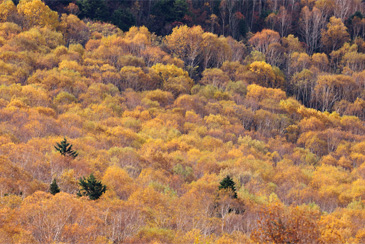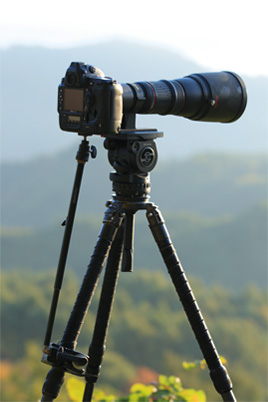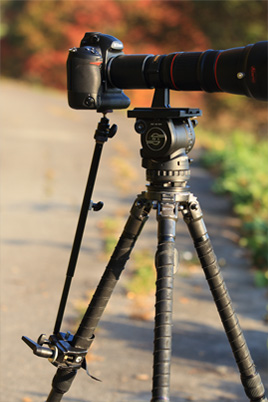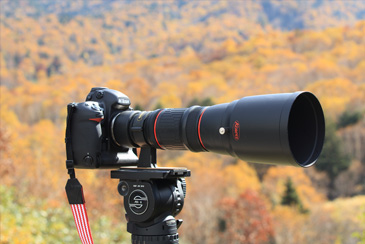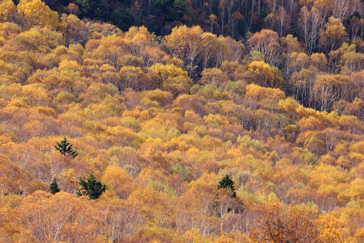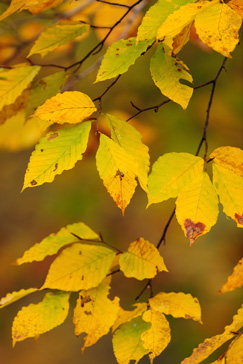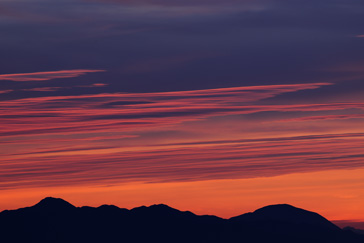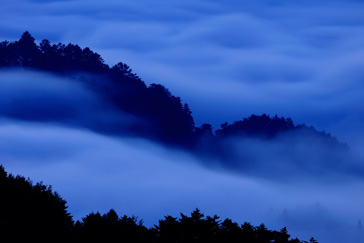The circular shape formed by light that is gathered together as it passes through a lens is known as the image circle. Cameras take photographs by clipping images from this circular shape as quadrilaterals with proportions of 3:2 or 4:3.
In general, the center of the image circle has the best resolution and the image quality decreases as you get closer to the periphery. Specifically, there will be a reduction in the sharpness and contrast, and a decrease in the amount of light will cause the image to appear darker towards the outside edge. The phenomenon seen in lower-priced telephoto lenses and wide angle lenses where the four corners of the image appear darker is caused by the insufficient amount of light at the periphery. The peripheral image quality can be improved by closing down the aperture by 1-2 stops but in lenses that already have darker full aperture F values, closing the aperture will risk causing a reduction in shutter speed or an increase in ISO sensitivity and thereby decrease the picture quality. Lenses that have no reduction in peripheral image quality even at the maximum aperture are of superior quality.
Koji Nakano's Telephoto Lens/Scope PROMINAR Report
- Vol.05
- Capturing Autumn Scenery using a Full Frame DSLR Camera
- PROMINAR 500mm F5.6 FL / TX10
The example photographs on this website were taken using the PROMINAR 500mm F5.6 FL.
